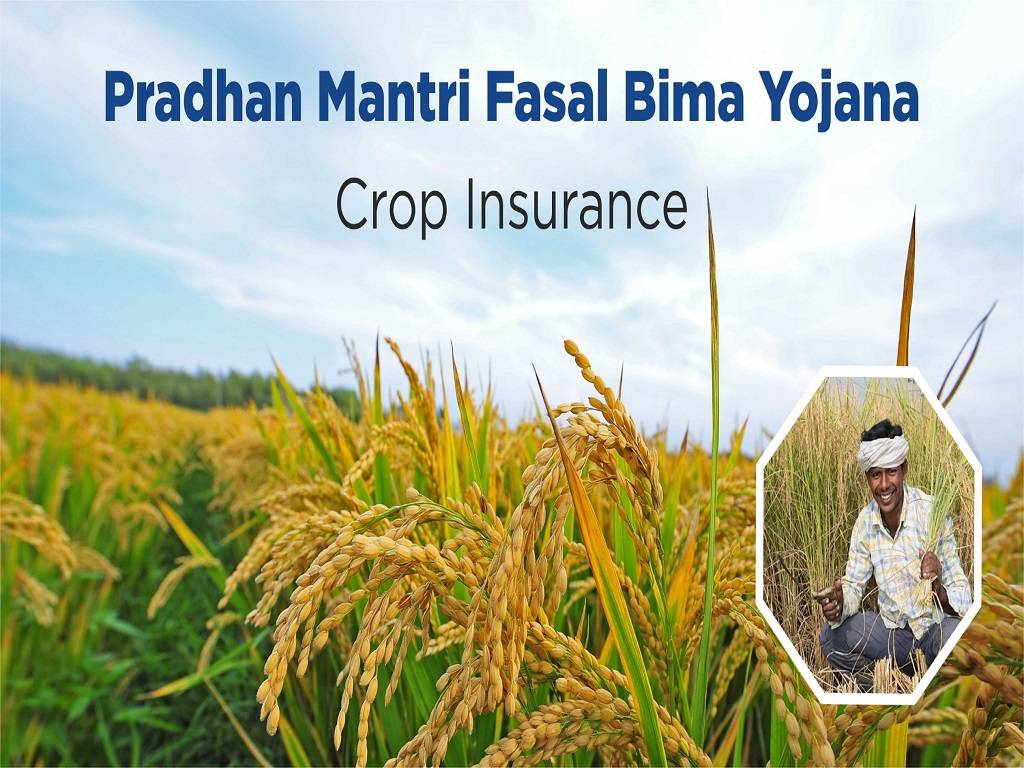
The government has reportedly seen some insurance companies make a profit through the flagship crop protection scheme, PMFBY. In response, the Center plans to restructure the program to rationalize premium costs and boost insurer participation.
After cabinet approval, significant adjustments to the plan are expected to be implemented starting from 2023–24.
The Pradhan Mantri Fasal Bima Yojana (PMFBY), launched in February 2016, intends to give money to farmers who have crop loss or damage due to natural disasters.
The maximum premium that farmers are required to pay under this scheme is 2% for all food and oilseed crops cultivated during the Kharif (summer) season, 1.5% for the same crops grown during the rabi (winter), and 5% for commercial and horticultural crops.
The difference between premium and the rate of insurance charges payable by farmers is shared equally by the Centre and states.
The scheme was last revamped in 2020 to allow farmers to participate on a voluntary basis and to allow for the reporting of crop loss within 72 hours of the occurrence of any calamity.
According to official sources, the scheme needed to be further revised because insurance companies’ exposure to the PMFBY was declining. Due to a lack of competition, the incumbent insurers were forced to raise their premium rates.
According to the policy, insurance companies are appointed through a tender process for three crop years. A total of 18 insurers were impaneled for the years 2019–2020 till 2022–2023. However, eight of them exited and 10 companies are currently taking part in the scheme.
Eight enterprises, including four from the government and private sectors, had left during the 2021–22 crop year as a result of significant losses following a high claim ratio, according to sources.
However, since there was no competition, the remaining insurance companies raised their rates. As a result, some companies made a huge profit during the last crop year as the claims for crop losses were less.
According to sources, this led several state governments to assume that the PMFBY only benefited insurance companies and not farmers.
A working committee established by the agriculture ministry in 2021 to address this issue looked at the situation in depth and presented a report.
According to sources, the working group has suggested two methods for implementing the PMFBY.
One is the currently "risk transfer approach," in which all risk is shifted to the implementing insurance companies. This will include the insurance company taking full responsibility for the claim.
The second is "risk participation strategy," which suggests three different models for adoption by states and divides claims and surplus premium income, according to a formula that is mutually agreed upon.
The three models are the cup and cap model (60:130), the profit and loss sharing model, and the cup and cap model (80-110).
According to sources, a state-specific risk band would be developed under the profit and loss sharing model to divide the gain and loss between insurance companies and the government. For instance, the band for Bihar will be different from Maharashtra.
The insurance companies would pay if the claims fall within the range of 60% and 130% of the gross premium under the cup and cap model (60:130). If claims total less than 60% of the gross premium, the government will refund it; if claims exceed 130% of the gross premium, the government will pay claims through insurance companies.
According to sources, the third model is the cup and cap model (80:110), which is similar to the first two but with insurance firms only paying claims that are between 80 and 110 percent of the gross premium. This model is already in use in Maharasthra and Madhya Pradesh.
The working group has reportedly also recommended using the latest technology, such as drones, to quickly assess crop loss and promptly pay farmers' claims.
Official statistics show that in 2020–21, the claim ratio was 62.3% of the gross premium. The reported claims were Rs 19,022 crore, out of which 17,676 crores have been paid to date.
During the 2022-23 crop year, under PMFBY for the crop year 2022–2023 were Rs 9,867 crore, of which Rs 8793 crore have been paid out so far, according to the data.
















